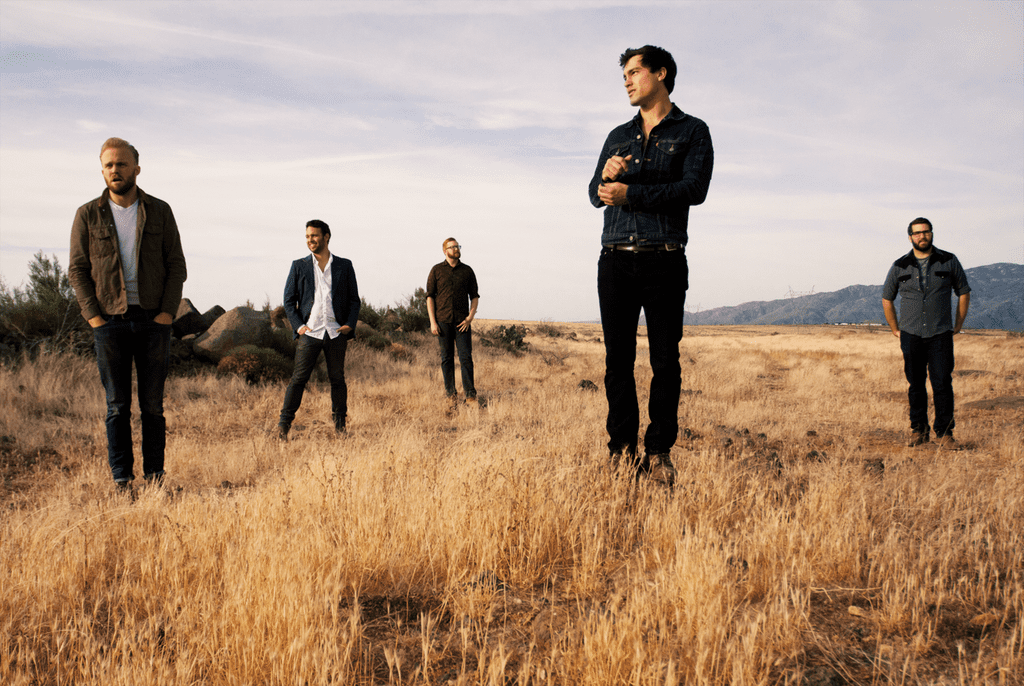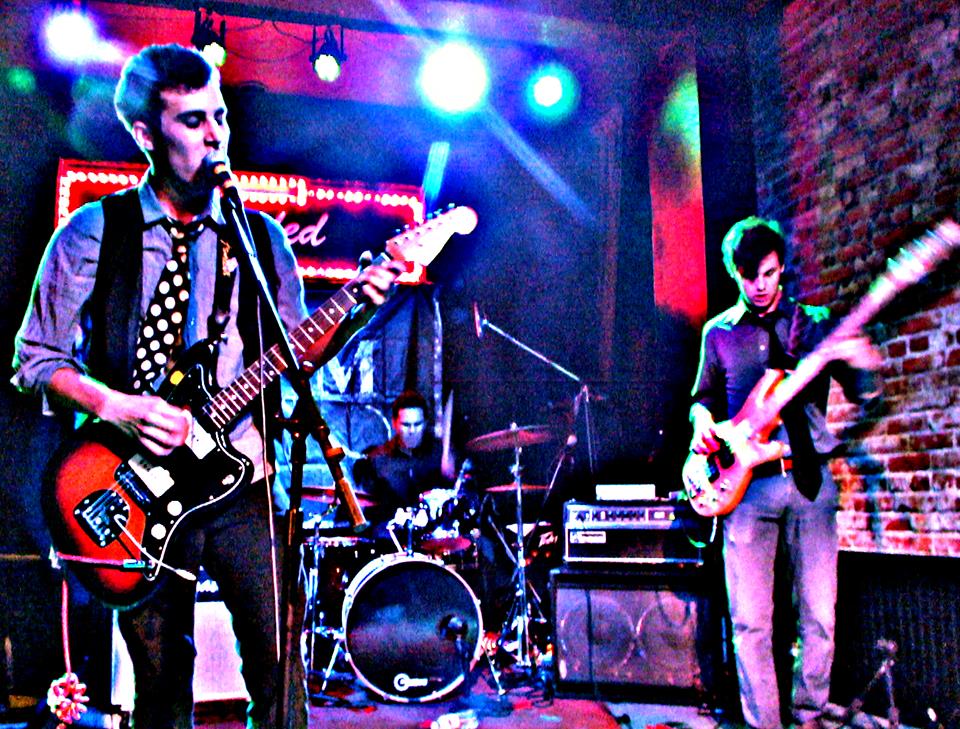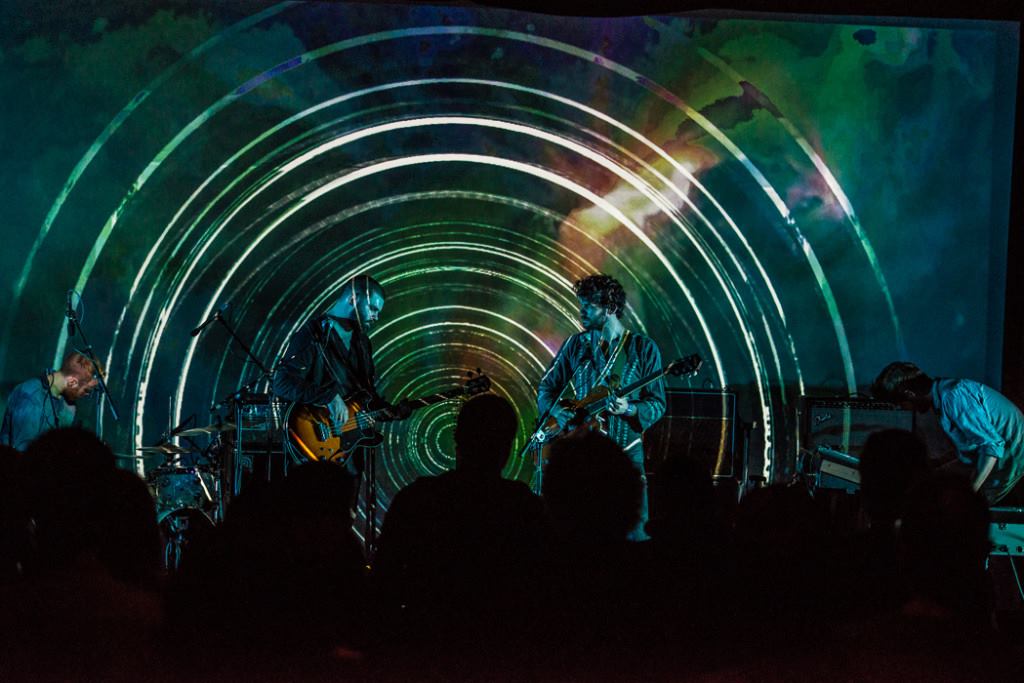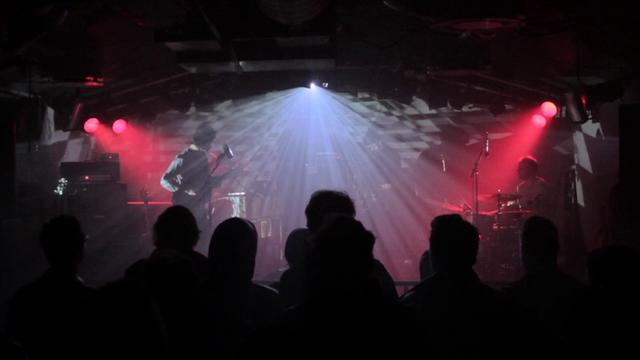INTERVIEW: Spowder Summons the Spirit of Rock with Health Palm
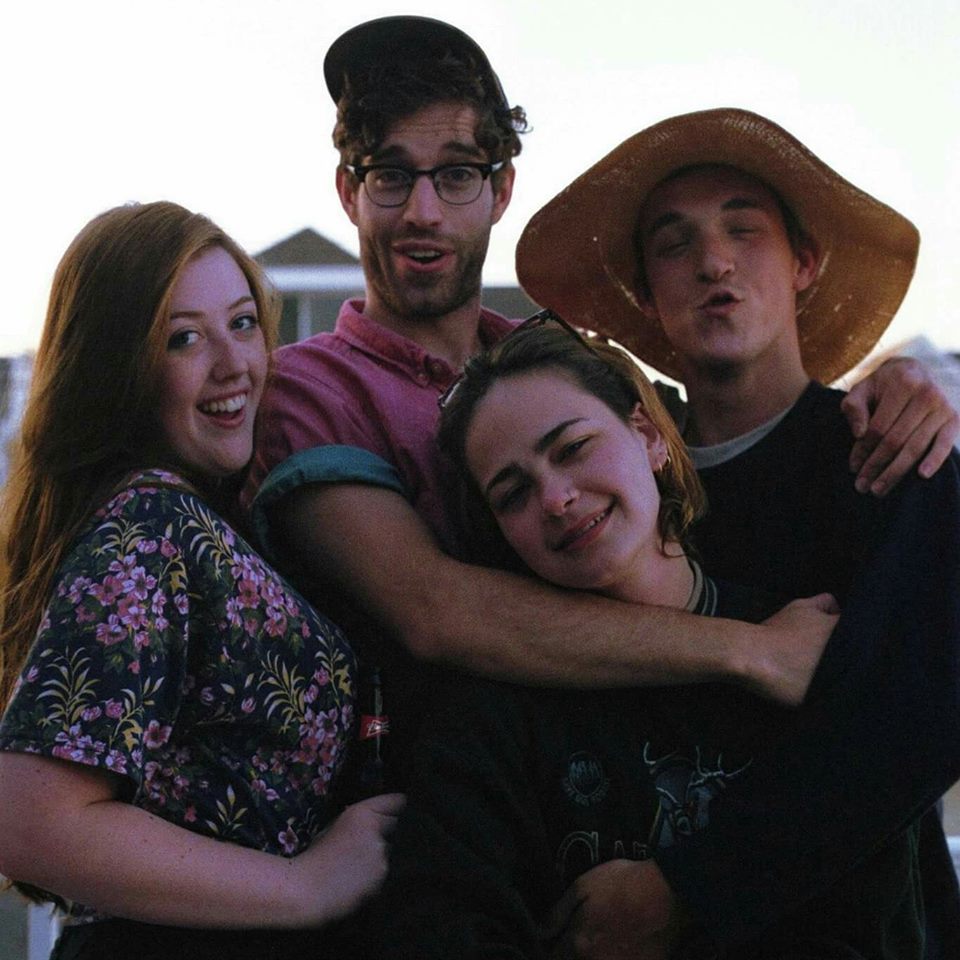
[fusion_builder_container hundred_percent=”yes” overflow=”visible”][fusion_builder_row][fusion_builder_column type=”1_1″ background_position=”left top” background_color=”” border_size=”” border_color=”” border_style=”solid” spacing=”yes” background_image=”” background_repeat=”no-repeat” padding=”” margin_top=”0px” margin_bottom=”0px” class=”” id=”” animation_type=”” animation_speed=”0.3″ animation_direction=”left” hide_on_mobile=”no” center_content=”no” min_height=”none”]

Like many a band to come out of New Jersey’s unofficial rock capital, New Brunswick swamp rockers Spowder have a wild and passionate energy and melodies that appeal to punkish tendencies. They display a chaotic authenticity in their live performance that lights a fire under fans from all walks of life. Their full-length album, Health Palm, was released via Sniffling Indie Kids earlier this year.
Spowder formed in 2013, with Jenna Fairey on heavy-hitting drums and Gillian Smith on bass spearheading the project. Guitarist Jaime Houghton joined in 2014, and by November Declan McCleary was fronting the band. Since then, they have released a number of singles and EPs, proving to be prolific collaborators. They draw influence from The Breeders, Ween, and Country Teasers, alternating between heavy and driving riffs in songs like “Pulp” to soft and sparse numbers like title track “Health Palm.”
Back in February, they opened up for Screaming Females at Monty Hall in New Jersey. They delivered a captivating performance while McCleary’s presence and energy encouraged the audience to lose themselves and writhe along (check out a video from the show below). They have plans to break out beyond the East Coast in August, heading toward Chicago on tour with Connecticut band Bilge Rat.
[/fusion_builder_column][fusion_builder_column type=”1_1″ background_position=”left top” background_color=”” border_size=”” border_color=”” border_style=”solid” spacing=”yes” background_image=”” background_repeat=”no-repeat” padding=”” margin_top=”0px” margin_bottom=”0px” class=”” id=”” animation_type=”” animation_speed=”0.3″ animation_direction=”left” hide_on_mobile=”no” center_content=”no” min_height=”none”]
Jenna Fairey had a chat with Audiofemme about the making of Health Palm and performing with Screaming Females.
AF: Where did the name “Spowder” come from?
Jenna Fairey: We used to go to this one hiking spot in our hometown [/fusion_builder_column][fusion_builder_column type=”1_1″ background_position=”left top” background_color=”” border_size=”” border_color=”” border_style=”solid” spacing=”yes” background_image=”” background_repeat=”no-repeat” padding=”” margin_top=”0px” margin_bottom=”0px” class=”” id=”” animation_type=”” animation_speed=”0.3″ animation_direction=”left” hide_on_mobile=”no” center_content=”no” min_height=”none”][Morristown] all the time on South Powder Mill Rd, and the street signs says, S.Powder Mill.
AF: What is the theme of this record?
JF: Health Palm is the overseeing being of this universe. Each song brings us one step closer to his arrival.
AF: What might happen when Health Palm finally arrives?
JF: We can’t comment on that.
AF: What did you learn in the process of creating this record?
JF: We learned that we love ‘destination recording.’ We went up to Vergennes, Vermont and recorded in a sweet barn studio (thanks, Nick Dooley!). Being away from home helped us concentrate a ton, and it was an awesome bonding thing.

AF: Do you enjoy playing in the city? Will you please be doing more of that?
JF: We haven’t played a sick show in the city yet. Everything’s mostly been weekday nights and pretty low key. We’d love to start playing there more often so we can see what it’s really all about!
AF: What is your writing process?
JF: We usually start with a riff and jam on it until it sounds good, and Declan writes all the lyrics.
AF: How did you link up with Nick Dooley?
JF: Becca from Bethlehem Steel played an awesome set at my house once. She connected us. We didn’t meet Nick until we showed up at his barn!
AF: Do you feel being home can be distracting?
JF: It’s not really distracting being home, just easier to put stuff off. Like everyone gets together to practice, but we do razor scooter tricks in the backyard for too long and it gets too late to be loud.
AF: Who do you look up to as a local band?
JF: Glazer, because they are a fucking solid band.
AF: Can you describe your experience of playing with Screaming Females?
JF: Playing with Screaming Females was awesome. We played a good set, in front of a decent amount of people that had never heard us before, at a venue that we respect, opening for a band we all really like. It felt good!
AF: What is your favorite tour experience so far?
JF: We got to take my new van on our last little weekend, that was exciting. It’s an old fire van and it’s huge, so it was just fun riding around in that.[/fusion_builder_column][/fusion_builder_row][/fusion_builder_container]

